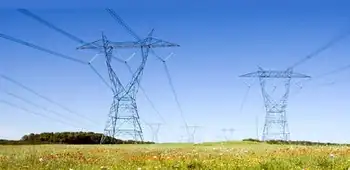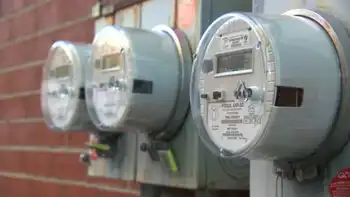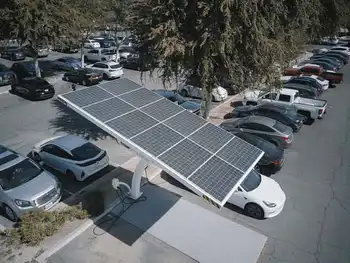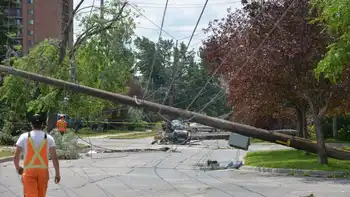New Mexico trio makes 'smart grid' case
Power-delivering technology has shown little progress, although a few of New Mexico's heads-up homeowners have taken advantage of pioneering rules, going into the co-generation business: Generating their own electricity from rooftop solar panels, they're able to sell it to the company whose wires run to their houses, lowering their bills — and potentially making money.
In some cases nationwide, utility leaders' hands, and those of the Gyro Gearloose types anxious to tinker with systems sending and receiving power, are tied by state regulators unwilling to think in terms of two-way electrical streets.
New Mexico's public-regulation commissioners, to their credit, have made our state one of America's more progressive jurisdictions — potentially, anyway. And our state's power companies and cooperatives have begun gearing up for an era of new sources, back-and-forth delivery between one-time customers and one-time suppliers, and billing based on when it's used.
Meanwhile, cities such as Boulder, Colo., and Austin, Texas, have taken steps to modernize metering and monitor the use of juice during peak hours.
But most of the country remains dependent on carbon-belching steam generators — and energy-depleting one-way lines of high-voltage cable stretching mile upon mile. That's something we could reduce with local generation for local consumption.
Two years ago, Congress stepped gingerly into energy-delivery reform with the Energy Independence and Security Act. Then President Barack Obama put several billion dollars from the economic-stimulus act toward the start of a nationwide smart grid.
But New Mexico and many other states, it turns out, are in for only a pittance — when it'll take plenty more on the short term to make long-term savings in the cost of energy.
Gov. Bill Richardson, himself a former energy secretary, wrote to Secretary Chu last month, asking him to rewrite the smart-grid guidelines. Sen. Tom Udall and Northern New Mexico's Rep. Ben Ray Luján followed up with their own letter.
Chu's proposal is for a $20 million limit on support to states, and to make states pay half the cost of federally funded projects.
That might make sense in heavily and densely populated states where utility companies have the incentive of quickly recoverable investments in the high-tech electronics involved in smart-grid systems. Our state and local government, along with power companies and electric co-ops, already are contributing to modernization efforts, but we don't have the customer base it takes to overhaul the electricity grid.
Amost every day brings news of smoke-free electricity soon to be generated from photoelectric fields and wind farms here in New Mexico. Our state's era as a coal-burning energy colony of our neighboring states soon could give way to one in which we supply reliable renewable energy.
Whether or not a stressed federal treasury can offer more to innovative states like ours, we salute Richardson, Udall and Luján for making New Mexico's case as somewhere to invest in a far more sensible energy future for our country.
Related News

Transmission constraints impede incremental Quebec-to-US power deliveries
MONTREAL - With roughly 37,000 MW of installed hydro power capacity, Quebec has ample spare capacity that it would like to deliver into Northeastern US markets where ambitious clean energy goals have been announced, but expanding transmission infrastructure is challenging.
Register Now New York recently announced a goal of receiving 100% carbon-free energy by 2040 and the New England states all have ambitious greenhouse gas reduction goals, including a Massachusetts law requiring GHG emissions be 80% below 1990 levels by 2050.
The province-owned company, Hydro Quebec, supplies power to the provinces of Quebec, Ontario and New Brunswick, as well as sending electricity…




